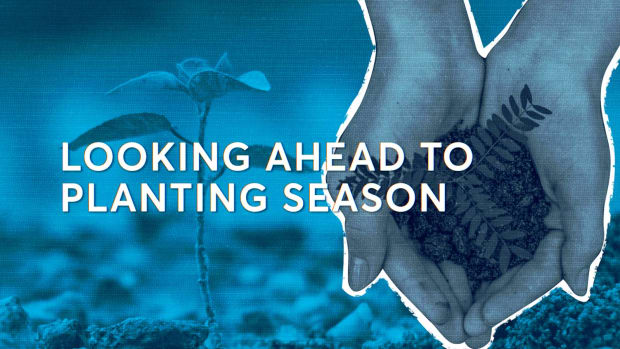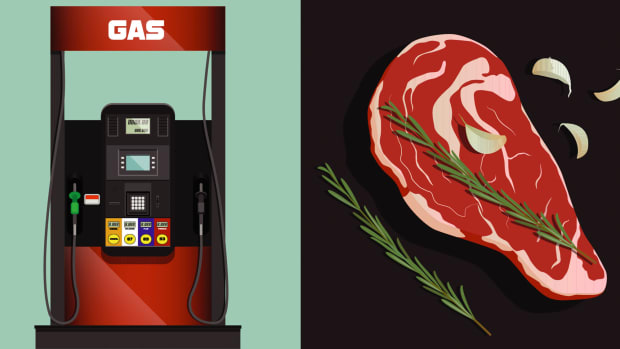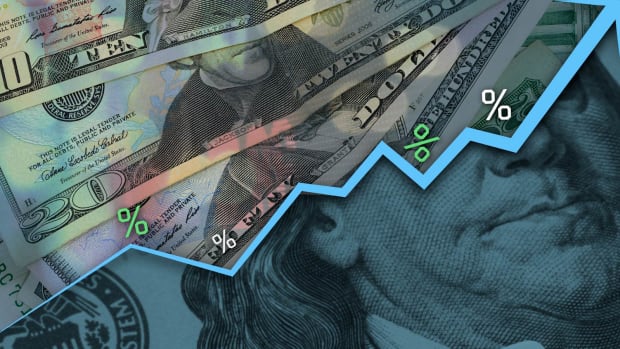Pork Industry Enjoys Strong Prices, But Faces Rising Costs
The pork industry is weighing its outlook as farmers balance between strong hog prices and rising input costs.
Farmers are enjoying some of the highest weekly hog prices since 2014, with domestic pork demand strong. Export values also hit a record, with producers receiving $61 in export value for hogs in 2021, according to U.S. trade data.
Yet producers are hesitant to expand herds, worried about rising input costs. The December quarterly hogs and pigs report highlighted producers at the time considered farrowing fractionally fewer sows in the first half of 2022 versus 2021.
The National Pork Producers Council (NPPC) says over the past 12 months, total costs rose 23.9%, with feed costs alone up 35.5%. Holly Cook, staff economist, NPPC, says farmers face the highest average cost of production in nearly a decade, with breakeven levels now over $80 a hundredweight.
Producers saw a record export value for hogs, but the volume of pork exported fell, says Daniel Roque, account executive at CIH Associates. The U.S. Department of Agriculture noted exports fell by 3% in 2021, and are projected to drop another 3% this year.
Domestic Consumer Demand Sizzles
Strong domestic consumer demand pushed wholesale hog and pork cutout prices higher, Cook says, but other factors added to the cost for retail pork prices. Pandemic-induced supply-chain issues, such as transportation issues and fuel costs, made it challenging to get pork to consumers.
Roque notes cold-storage supplies have fallen the past 10 years now, implying “that we are continuing to see very good demand from a domestic perspective.”
Watch More OpenMarkets Roundtable Discussions
He expects hot demand would continue if pork prices are competitive in the meat counter. Yet the Bureau of Labor’s consumer price index showed a 15% increase in pork prices year-over-year, twice as fast as the U.S. inflation rate. That’s a significant jump over the past 20 years. On average, pork rose 2% annually, Cook says. Comparatively, beef prices rose 18.6% and chicken prices gained 10.4%.
“Retail pork prices took off in the last half of 2021, and remain elevated in 2022,” Cook says.
The summer grilling season is coming up, always an important time for pork demand. If hog prices continue higher, producers could enjoy strong margins, but much depends on input costs, Roque says.
Given the uncertainty surrounding input costs, Roque advocates producers protect their margins by using strategies to hedge feed costs. “If the last few years have taught us anything, we suggest also putting a floor underneath hog production as well. And as the open interest of the CME pork cutout has grown, we've also seen producers use those derivatives as well to mitigate their risk,” he says.
Watch our full OpenMarkets Roundtable discussion above. Watch other episodes here.








